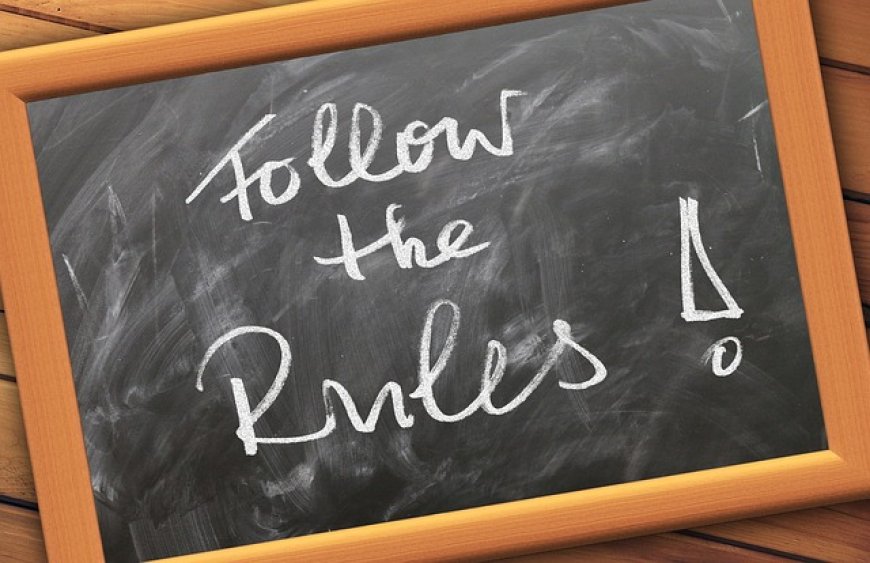How to Create Effective Classroom Rules: A Guide for Teachers
These rules will help you control your students’ behavior and make them coexist peacefully with others.

As a teacher, you need to have some basic classroom rules to ensure a smooth learning process and a harmonious environment for your students. These rules will help you control your students’ behaviour and make them coexist peacefully with others. Here are some steps you can follow to create classroom rules that work.
- Define your boundaries. You need to have clear limits on what you expect from your students and what you will not tolerate. These boundaries will form the basis of your rules and consequences.
- Be specific. You need to avoid vague or general rules that can be misunderstood or ignored by your students. Instead, you need to use precise and concrete language that describes exactly what you want them to do or not do. For example, instead of saying “don’t use bad language”, you can say "don’t use racial slurs, vulgar words, or any insulting words".
- Have a vision. You need to have a clear idea of what you want your classroom to look like and how you want your students to behave. This will help you set rules that align with your goals and values.
- Do some research. You need to learn from other teachers and experts on how they set and implement their classroom rules. This will give you some insights and best practises that you can apply to your own situation.
- Follow the school policies. You need to make sure that your classroom rules are consistent with the school rules and regulations. This will avoid any conflicts or confusion among your students and other staff members.
- Reinforce and remind. You need to constantly remind your students of the rules and the reasons behind them. You also need to reinforce the rules by rewarding good behaviour and applying consequences for bad behaviour. You can also enlist the help of some classroom leaders, who can assist you in monitoring and enforcing the rules.
What's Your Reaction?























![Apple Pencil vs. Magic Keyboard [Student-Focused Review]](https://eduxpdf.com/uploads/images/202404/image_430x256_662234ec7da13.webp)











![Apple Pencil vs. Magic Keyboard [Student-Focused Review]](https://eduxpdf.com/uploads/images/202404/image_140x98_662234ecd597a.webp)




